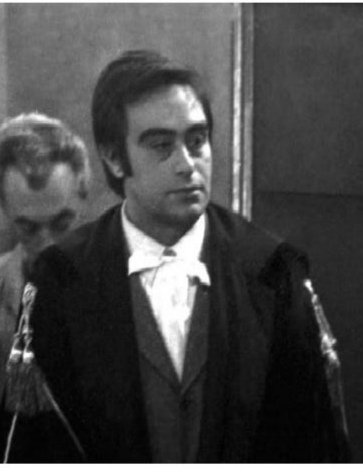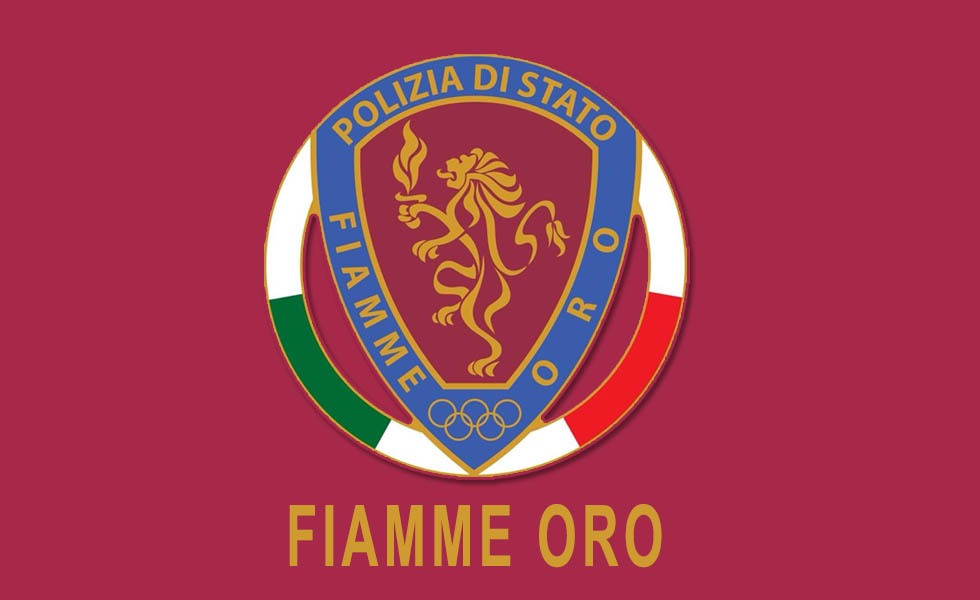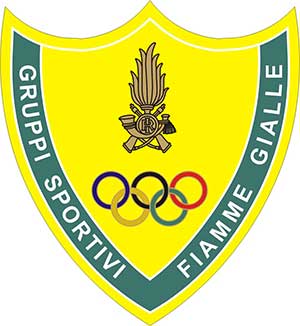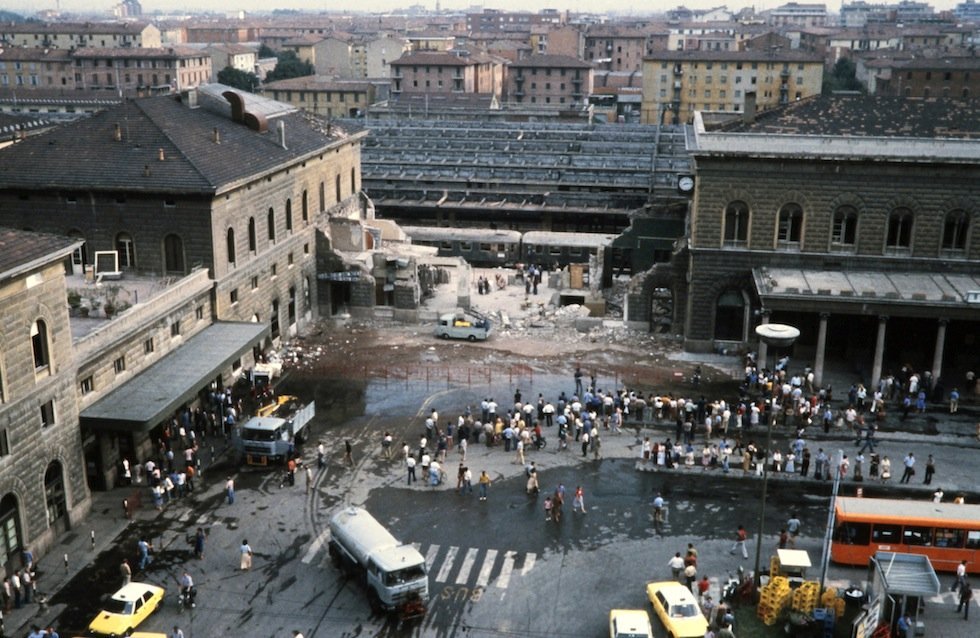
Most people are familiar with the images of Benito Mussolini, Clara Petacci & leading fascists strung up by their feet in Piazzale Loreto in Milan on 29 April 1945. But why were the bodies displayed there? The place was chosen because of the events of 10 August 1944 [Thread] >> 1 

The story begins on 8 August 1944, at 8.15 a.m., when two explosive devices detonate in a German Army truck parked in viale Abruzzi in Milan. The driver, Heinz Kuhn, is sleeping in the cab and nobody else is aboard >> 2
Kuhn is only slightly injured but 6 Italian civilians die & 11 are wounded. Partisan attacks on German targets are not uncommon, despite the risk of civilian casualties & Field Marshal Kesserling's order that 10 Italians should be shot for every German killed by partisans >> 3
Kesserling, commanding German forces in Italy, issues his order after an attack in via Rasella in Rome on 23 March 1944 in which 33 German soldiers die. Next day 335 Italians are shot in retaliation in the Fosse Ardeatine massacre (see linked thread) >> 4
https://twitter.com/NickWhithorn/status/1374399178911092742?s=19
The attack in via Rasella is carried out by the mainly communist inspired 'Gruppi di Azione Patriottica' (GAP) and the same organisation is suspected of the Milan attack in viale Abruzzi, as they are the most active partisans in the city (photo, GAP flag) >> 5 

The GAP Commander in Milan, Giovanni Pesce, always denied they were responsible for the viale Abruzzi attack, even when testifying before courts in the post-war period. GAP always claimed responsibility for its attacks, even when these involved Italian civilian casualties >> 6
As no Germans die in the attack, no specific retribution is expected. Nonetheless, at dawn on 10 August 1944, 15 partisans held in Milan's San Vittore prison, are taken to Piazzale Loreto to be executed. The order is given by Theodor Saevecke (photo), SD Commander in Milan >> 7 

Saevecke personally compiles the list of those to be executed. He gives the job of shooting the prisoners to the Oberdan group of the 'Legione Autonoma Mobile Ettore Muti'. This is an autonomous police force, made up of volunteers, operating in Milan >> 8 

It is responsible to the Interior Ministry of Mussolini's Repubblica Sociale Italiana (RSI) but independent of the RSI police force. Members are paid double the amount received by ordinary RSI soldiers & police, making recruitment easy >> 9
The main task of this group is to repress opposition to the régime, arresting political opponents & suspected partisans, then interrogating & torturing them to obtain information before they are either executed or deported to concentration camps in Germany >> 10
The 15 men chosen for execution are shot by a firing squad from the Legione Muti at 6.10 a.m. The bodies are left lying on the ground in the heat of August until 8 p.m., guarded by members of the Legione Muti, who even prevent relatives of the dead from getting to them >> 11 
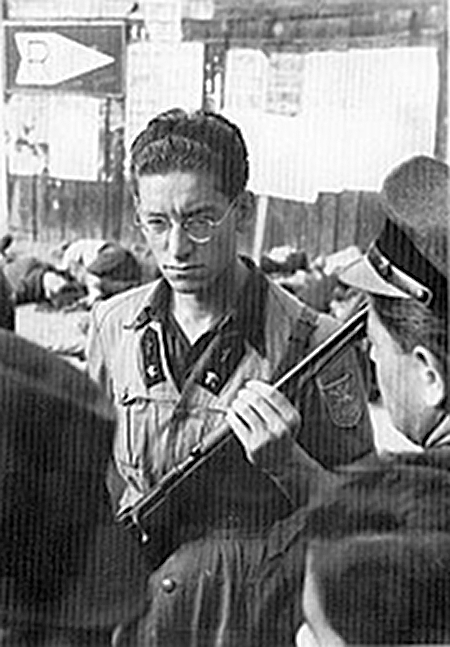
A sign is placed next to the bodies describing them as "muderers". It is clear that this is not really a reprisal for the attack in viale Abruzzi, but an attempt to frighten & intimidate the population >> 12 

The fascist guards intercept members of the public walking, cycling or travelling by tram in the area and force them to come and look at the bodies, making it apparent that intimidation is the aim of the atrocity >> 13
For this reason, after Mussolini & Petacci are captured and executed by partisans on 28 April 1945 near Lake Como their bodies are displayed in Piazzale Loreto, and also why 15 leading fascists captured with them are executed & their bodies also taken to Piazzale Loreto >> 14
Thanks to the famous images of bodies hanging by their feet, many mistakenly believe that Mussolini was executed in Piazzale Loreto in Milan. If you want to read the full story of his capture and execution, read my (very long!) thread linked below >> 15
https://twitter.com/NickWhithorn/status/1254074018887598081?s=20
After the war Theodor Saevecke was recruited by the US Intelligence Services and, probably for this reason, the file regarding his crimes ended up in the famous "cupboard of shame" discovered in the basement of the Military Court in Rome in 1994, along with many others >> 16
Saevecke spent the rest of his working life as a high ranking police officer in West Germany and even became Deputy Director of the Security Services at the Interior Ministry >> 17
Following the discovery of his file in the "cupboard of shame" in 1994, Saevecke was tried 'in absentia' by a Military Court in Italy and convicted for the murder of the 15 partisans executed in Piazzale Loreto. He was sentenced to life imprisonment on 9 June 1999 >> 18
As in similar cases, Germany refused his extradition and he died a free man on 16 December 2000 at the age of 89 //
• • •
Missing some Tweet in this thread? You can try to
force a refresh



